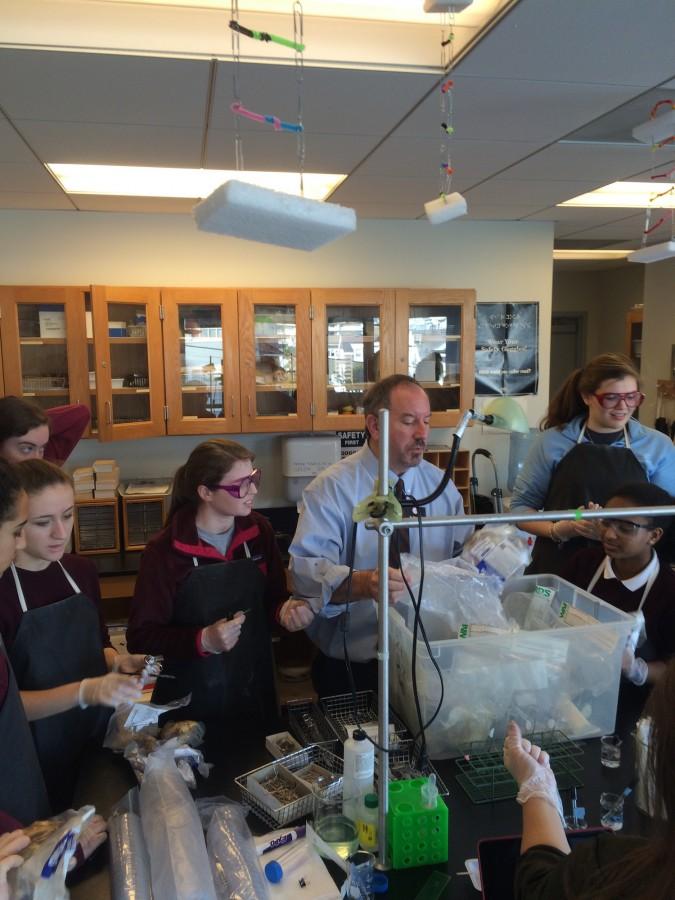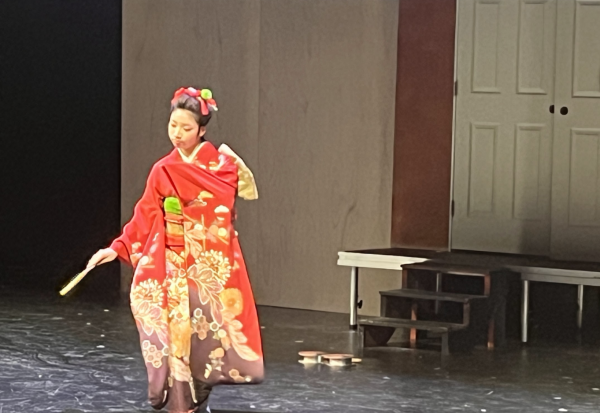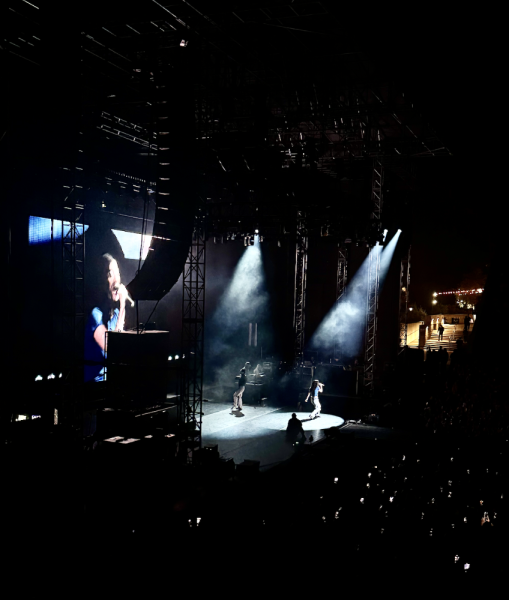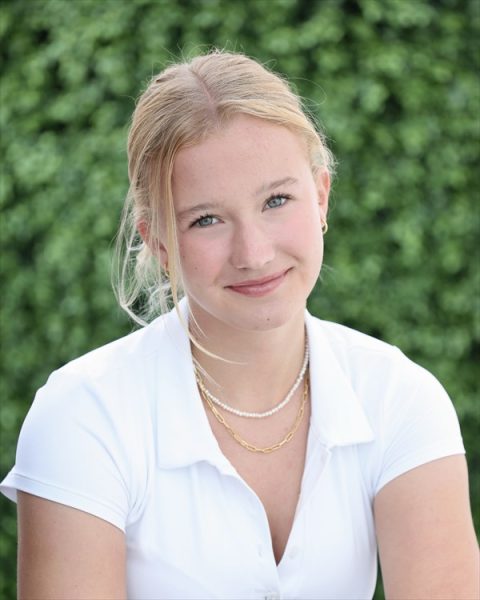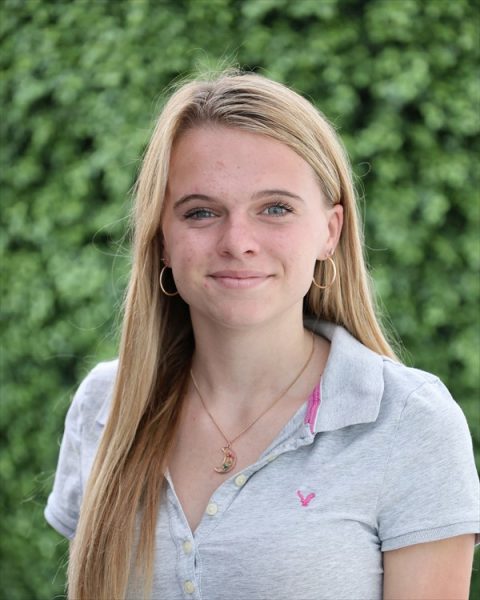Sheep heart dissection forms window to physiology
Physiology teacher Ray Cinti briefs his class before dissecting sheep hearts. The whole class will experience a live open heart surgery at the end of the year.
January 20, 2016
A handful of members from the physiology class huddled around tables and popped on their goggles while others shrieked at the sight of the slimy, gray heart being cut in half.
Honors physiology students dissected sheep hearts to tie together their brief unit on the human heart.
“They were performing a dissection of the sheep heart because it’s pretty much the exact same size as the human heart,” physiology teacher Ray Cinti said.
Hands-on experiments and activities are a better alternative to solely diagrams and pictures when learning new material, according to junior Dot Wetmore.
“Dissecting the heart really helps us learn more by touching it and physically seeing all the veins and arteries,” Wetmore said. “It really helps you understand the true function of the heart instead of just watching a video on it.”
Dissecting a heart is an experience that can be a beneficial even after high school, according to junior Ana Cahuas.
“It gives us real life experience for those of us who are thinking of pursuing medical careers,” Cahuas said.
The class observes an open heart surgery at Kaiser Permanente at the end of the year, by way of putting everything they have learned into context.
“I think it’s really interesting that Mr. Cinti has access to all these recourses,” SHHS senior Evan Kim said.
The class size enables experiments much like the dissection to take place frequently, according to senior Julia Praeger.
“We already did a cow eye dissection, we’re gonna do a little pig dissection and we may even do a baby shark dissection,” Praeger said. “Because we have such a small class, we are able to do things like this often.”



